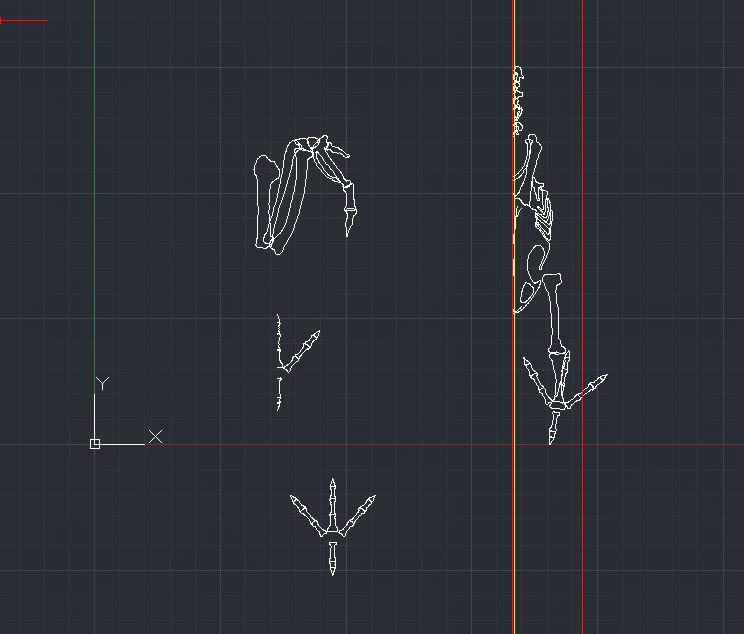I had a very specific vision of how I wanted to draw the cover to my novel in progress. The idea I had for the front cover to my novel involved a picture of a dove as the central focus. I wanted the dove to be very detailed and highly accurate. I imagined the dove to be anatomically correct, to the point where I wished to draw the entire dove from the inside out. I planned on super imposing entire body systems over each other, to ensure a completely accurate image of the full exterior for the front cover. As you open the book, you would periodically see the other bodily systems underneath layer by layer and all accurate from the front and back view as well.
The front cover artwork would represent the overall theme of the novel which shows a symbol of peace tainted in human blood. The background would show the remnants of a world deeply scarred and eaten away from human civilization with much of its resources depleted and waning. The overall image from a distance would look similar to that of a bible, with the help of large very tall space elevator towers specifically placed around the earth's profile. From a distance the overall illustration would form a cross centered around a glowing halo of the Earth's mantel, and the image of the holy spirit at the heart of the overall artistic piece. This gives allusion to the religious references through out the book, from Christian faith and religious practices.
The overall idea came to me in a dream, and I had no paper or pen on me at the time, so I made a rough sketch using Google draw before the image left me.
 |
| Rough sketch of overall idea. A large dove in the middle surrounded by a the earth sliced through the center with large buildings and debris covering the surface and mantle. |
Once I had some paper I decided to sketch out the dove more clearly and began to get a more clear picture of how it would turn out.
 |
| Early Sketch of the dove |
 |
| Dove Bird Wing Study |
I was considering drawing a dove looking down, wings open, about the take flight with plumage fanned out. Face and feathers and breast blood stained. The features themselves, would be influenced by mathematical design with specific number values such as Fibonacci's sequence and geometric proportions such as the golden ratio.
The outer dimensions of the book should be in the same golden ratio as well as many of the ratios of features such as the eye elliptic ratio, and length of width of other features to make the overall piece very pleasing to the viewer.
To do this overall artwork piece, would take some methodical planning and careful execution, so I split up the tasks based on biology. I decided to draw the dove from the inside out, starting with the foundation of the skeletal system in which the orientation would be dictated by the final rendered image of the exterior outline so I decided to start there at first.
Once I had a rough idea on how the exterior would look, I dove in and started finding high detail images of the skeletal system and overlaid various images over each other to draw both the front and back at the same time.
I decided to separate each component into layers as I drew, so if any changes needed to be done, I could easily alter just one body part at a time.
I started to draw out the outlines in Auto CAD because I enjoy the ability to organize and be meticulous to detail.
 |
| Final sketch of dove skull from the front view |
 |
| Final Outline drawing of the skull back view |
I then imported the Auto CAD outline into Photoshop and started doing some shading
 |
| Final shaded image of the dove skull from the front view |
 |
| Shaded Image as seen from behind of the Dove Skull |
 |
| Image of the the Auto CAD rendered image of the overall skeletal System |
 |
| On top of the overall blueprint, I import the individual drawn pieces and place them over the outline. |




































